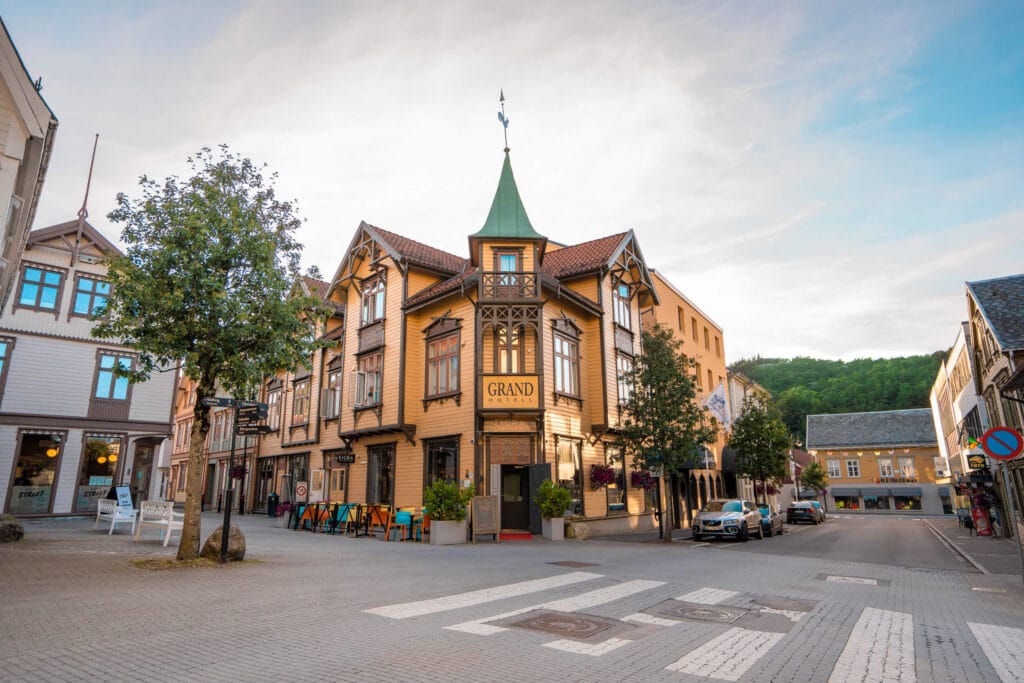Experience the three historic wooden towns in Magma Geopark
Flekkefjord, Sogndalstrand and Egersund lie like pearls on a string along the national tourist route, which runs through the Magma UNESCO Global Geopark. Here you can wander around in historic surroundings surrounded by charming little wooden houses. Individually, they provide a unique experience.
The national tourist route, which runs between the cities, can be enjoyed by car, motorbike and bicycle, and is an experience in itself. You can stop at small fishing communities along the sea, or stop by the Jøssingfjord Science Museum and the houses under Helleren. It is entirely possible to take it as a day trip from Stavanger in the north, or from Southern Norway. But all the treehouse towns offer respectable accommodation, for those who want to spend more time enjoying and seeing.





